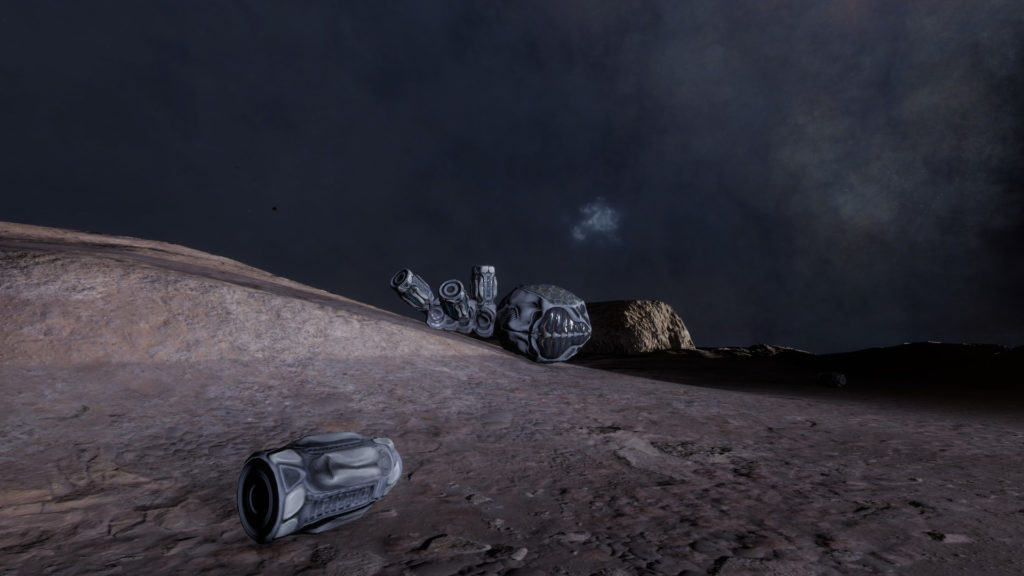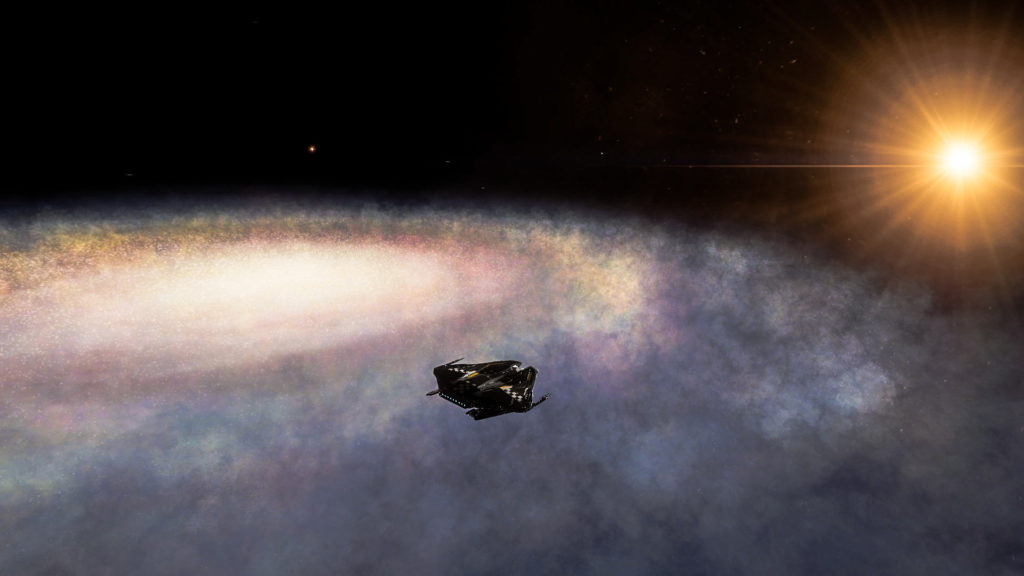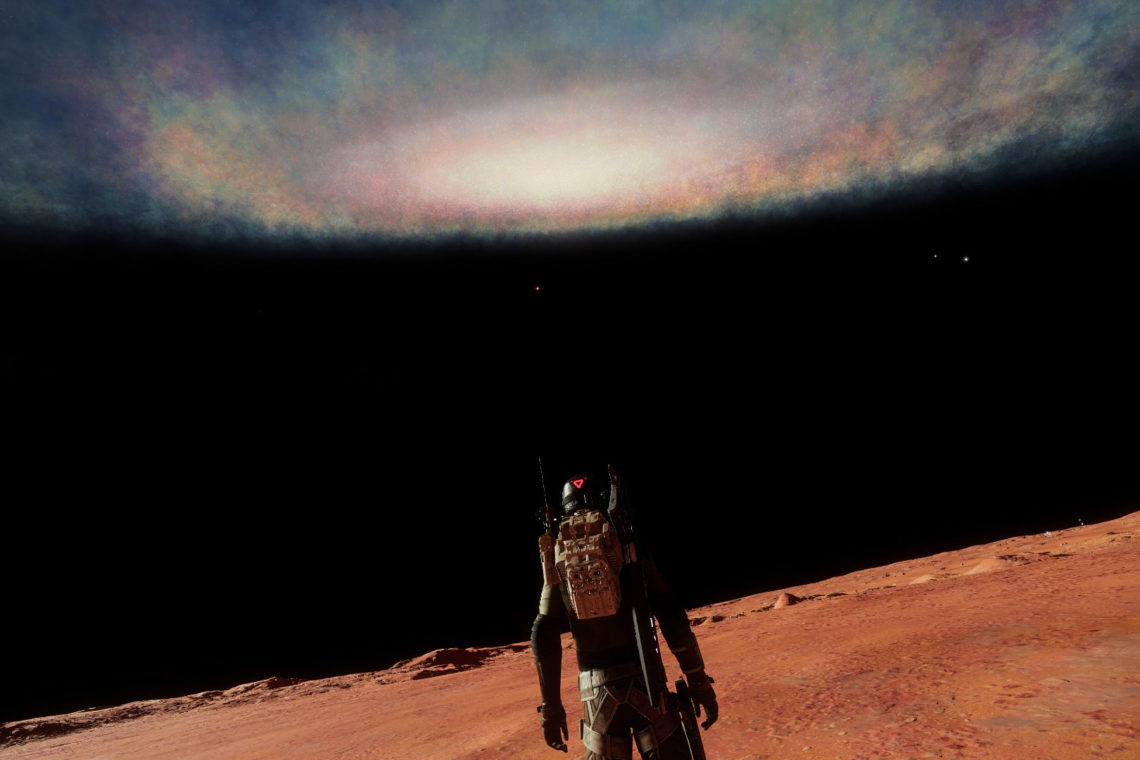A Scientific Mission Dominating the galaxy
For over a week, an unplanned expedition has been launched by MediCorp. The Louis Pasteur, with a reduced crew, has ventured into one of the most remote and inaccessible systems in the galaxy: HIP 58832, home to the iconic Rackam’s Peak station. However, the expedition might be a one-way trip due to a miscalculation!
HIP 58832 is one of the most remote systems, reserved for the most daring. The Louis Pasteur arrived there early last week after a hasty departure, likely alerted by the scientific station Rackam’s Peak, built in December 3306 in this system. The mega-ship and its laboratory set sail, perhaps a bit too quickly.
Upon arrival mid-week, the Louis Pasteur immediately began searching for the non-human signal source reported by the scientific station.
The discovery was made today on the surface of the planet HIP 58832 1, where fragments of Thargoid sensors were found. This discovery has been classified as ‘extremely rare at this distance from the human bubble.’ Indeed, HIP 58832 is more than 5,300 light-years above the galactic plane. Finding Thargoid items at these latitudes is particularly concerning for the director of research at the Guardians & Thargoids Research Mission Lab on the Louis Pasteur, Professor Sharrowkyn. The samples were collected this late afternoon and brought back to the mega-ship for analysis and dating.

One-way Journey?
If the scientific discovery seems to delight the crew of the Louis Pasteur, the return to Kalak, on the other hand, appears to pose some problems. According to the latest calculations by the navigation team, it appears that the Tritium on board is not sufficient for the mega-ship’s return to Kalak.
We are missing about 250 tons of Tritium on board,” says Alicia Holden, captain of the Louis Pasteur (formerly on the Hippocrates). “It is a gross miscalculation that did not estimate the mass of the Louis Pasteur for jump planning. Such an error is unforgivable, and an investigation will be opened. For now, our priority is to find a way to refuel with Tritium to reach our homeport. According to our navigators, several systems along the route would allow Tritium mining. Fortunately, we have some mining ships on board, but nothing is guaranteed at this time. The worst-case scenario would be a breakdown over 1000 light-years from our destination, and we would have no choice but to ask for help from willing pilots.
Alicia Holden
The Kalaktic is following the situation and will relay the call for help if issued. Currently, no return date has been indicated by MediCorp.

